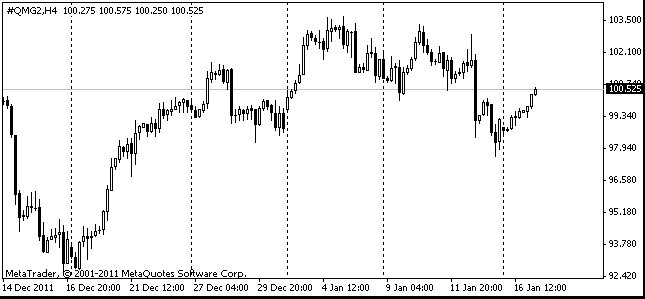EUR/usd
The single currency which was one of the most stable currencies since the beginning of the year, was falling against a great number of markets yesterday. It's not all about increase in demand for safe assets and the dollar, which followed the Fed's meeting minutes. The euro is influenced by inner factors. Yesterday's preliminary stats on the February PMI failed to meet the expectations. The Services PMI declined from 55.7 to 54.1 against the forecasted decrease to 55.5. The Manufacturing PMI seems to have resumed growing (now the index is at 50.1 whereas 50.0 would have shown retention of the rate against the previous month). Without bias, these levels are not bad at all and they do promise to set the economy on the rise again. However, the markets' expectations were higher, so this is where disappointment comes from. On Thursday the pair tried twice to break below 1.3160. But then bulls were strong enough to stop the decline. Anyway, since early February the pair has been trading in the downward channel with the top at 1.3710 (Feb 1) and the bottom at 1.3160 (yesterday). Total: the drop by 5.5 figures over three weeks. Yet, all through this time the best strategy was to speculate on bouncing off the standard deviation channel bounds. For information of those who are after a short-term trading opportunity, now trading is held at the lower bound. Across the Atlantic, in the USA, we see a very interesting situation in the housing market. For about four months existing home sales have been going along with the annual rate of 4.9bln. Here everything is stable. The potentially disturbing thing is the unsold home volume which is declining sharply (probably, it's also a signal for fomc to think about the exit strategy). The ratio of inventories to monthly sales makes 4.2. This index has fallen by half over the last year and a half. The median sales price hasn't been stable at that time (from August 11 till February 12 it was declining, then it was on the rise till July 12 and now it is again falling down), however now it is roughly at the same level as in August 2011. We are sure that lack of supply will soon lead to price growth in this market. In theory, it should be in favour of the US economy.

GBP/USD
The end of the week and the BOE's APF transfers to the government allowed the sterling to make a pause after the fierce attack it suffered for the last two weeks. Yesterday morning gbpusd was pushed down to 1.5130. It's clearly seen that over the previous two days the pair was in the free fall mode, when the pair was rolling down on triggering stop-orders. The positive event there was a report on the public sector net borrowing. The government had a net surplus in January thanks to the BOE and its APF transfers. By now the sterling has managed to get to 1.5290. Yet, it's hard to be optimistic about this.

AUD/USD
The aussie will be the first to recover due to the inspiring comments of the RBA's head. Actually, his comments concerned not so much Australia as the USA and euro zone. Stevens allayed anxieties over recovery in these regions.

oil
This week Oil left the flat of the recent five weeks. For that it just needed to make two big leaps on Wednesday and Thursday. At present the rates of the April WTI futures is a bit above $93/barrel. This is the lowest level since the beginning of January. In our opinion, it's quite possible that next week this futures will hit $90.50, where the 200-day MA is passing now.
